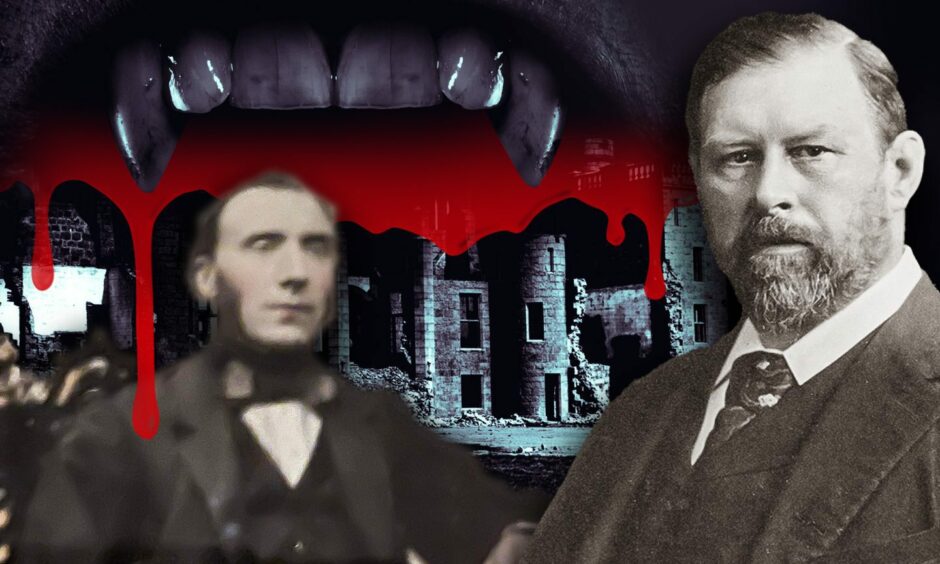
The discovery of a box marked ‘DRACULA’ in an Ayrshire attic set hares running for Cruden Bay historian and author Mike Shepherd.
He was contacted last year by Louise Fyfe, the finder of the box.
Louise was aware that her father, historian and academic James Drummond, had investigated Dracula author Bram Stoker’s visits to Cruden Bay.
When she saw an article by Mike Shepherd on his research into Bram Stoker and his home village of Cruden Bay, she remembered the Dracula box in the attic.
After unearthing it and discovering its contents, she realised she had to get in touch with Mike.
Inside was a pile of short stories written by Louise’s great-grandfather Rev Adam Drummond, who had ministered in Cruden Bay at the same time as Bram Stoker used to visit.
Bram Stoker was ‘a worthless creature’ to Cruden Bay minister
The result is Mike’s latest book, The Cruden Bay Bram Stoker Knew: Adam Drummond’s Stories, a compilation of 11 short tales by Rev Drummond, with a foreword by Louise Fyfe and Mike’s own knowledgeable additions.
For any fan of north-east fishing villages, it’s a must-read, as it brings to life late 19th century Port Errol, as Cruden Bay was known then, directly from the mouths of its inhabitants, in Doric and kindly translated by Mike.
And for any Bram Stoker enthusiast, it reveals that Rev Drummond, then the minister in Port Errol, was rendered incandescent by Stoker, and wrote scathingly of him in one of his tales.
He describes him as a ‘peer craterie’ – a poor creature, and issued a warning to watch out for the man that says ‘he’s your best friend’ in the village.
Mike found jottings about Bram Stoker among Adam Drummond’s typescript notes such as ‘a worthless creature’ and ‘morbid preoccupation with black superstitions, death and funeral customs’ and ‘he spends altogether too much time in graveyards’ and a ‘peculiar fascination for ghoulish stories’.
But it’s not known exactly why Stoker so upset the minister.
Mike said: “It is known that Stoker liked to chat with the fishermen in the village who were also the members of Adam Drummond’s congregation.
“It is probable that the author of Dracula had been talking to the fisher folk about their superstitions, many concerning the supernatural and ancient in origin.”
Such themes would have been an affront to the Church of Scotland’s teachings.
From town councillor to minister
Adam Drummond’s own story begins in Ayrshire, where he was born in 1849.
Louise said: “He started out as an ironmonger, became a reforming town councillor in the town of Cumnock and a political journalist.
“He was a friend and political ally of Keir Hardie, who later founded the Labour Party.
“Both men were members of Cumnock Congregational Church as well as being members of the Liberal Party.
“They both believed that the Congregational movement held the key to a better world for ordinary people, and that the temperance movement, which disavowed alcohol, was an important element in their fight for a better life for working people.”
But the two men had a rift went their separate ways, possibly over the question of alcohol.
Louise said: “In 1889, after a congregational split on the question of discipline, Adam Drummond left politics and went to train as a minister.
“Keir Hardie left the church and entered national politics.”
Painting a picture of tight-knit Port Errol community
Rev Drummond grew to love Port Errol, its people and its rich Buchan dialect.
Mike said: “His tales are a combination of lightly fictionalised stories and witness accounts of the fisher folk of Port Erroll, and beautifully written too.
“Here, the fisher folk, speaking in broad Doric, tell of life in the village, the dangers faced at sea and the anxieties these caused to everyone.
“The eleven stories combine to paint a picture of a tightly-knit community looking out for each other with a human closeness as close as it gets.”
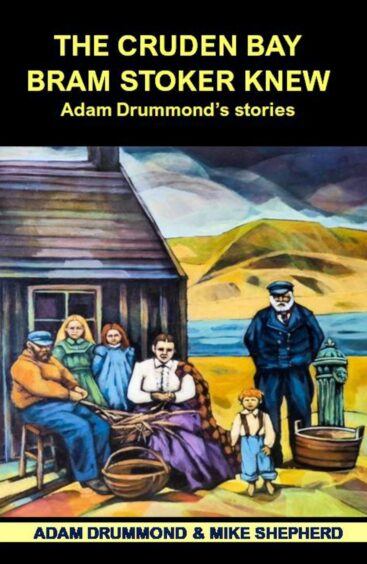
Port Erroll Doric was something of a challenge for Mike, as he is used to the ‘fermin’ Doric of Turriff.
“Fishing Doric is quite a different thing,” he said, “and some of the words Drummond used turned out to be pre-1700.”
Mike was also fascinated by another strand which emerged from Drummond’s stories, one which threw light on the rapid decline of the Aberdeenshire fishing villages late in the 19th century.
Capturing the changing nature of Aberdeenshire fishing villages
He said: “A huge controversy had erupted in the fishing villages of Aberdeenshire during Drummond’s time.
“The method of fishing in most Aberdeenshire fishing villages back then was line fishing – long lines and baited hooks draped over the sea floor to catch white fish such as haddock.
“Then from the 1860s steam trawlers appeared on the east coast of Scotland, and substantially increased in number every year after 1880.”
The trawlers used huge nets dragged along the sea floor to catch the same fish the line fishermen sought.
Mike went on: “It was about this time that the North Sea fishing grounds started to collapse because of overfishing.
“The line fishermen in the Aberdeenshire villages including Port Erroll protested by any means they could, writing letters to the papers, lobbying politicians, even attending select committees in Westminster.
“On January 28 1893, 1,500 fishermen took to the streets of Peterhead for a huge demonstration against trawling.”
But it was to no avail.
Trawling benefitted the British economy of the time.
Mike said: “The big trawler port of Aberdeen was connected by railway to the south, thus enabling the transport of fresh fish to the big English industrial cities where fish was a much cheaper source of protein for the workers by comparison to meat.
“The outcome was the rapid shrinking in size of the Aberdeenshire fishing village by 1912, some disappearing altogether.
“There had been 63 fishing villages in Aberdeenshire in the 1800s, many with over a 100 fisherfolk, and several with over 300.
“I reckon the value of Adam Drummond’s stories is that they brilliantly capture the ambience of the busy Aberdeenshire fishing village not long before this world disappeared forever. ”
To relive that bygone era, Mike’s book, The Cruden Bay Bram Stoker Knew: Adam Drummond’s Stories is now available on Amazon.
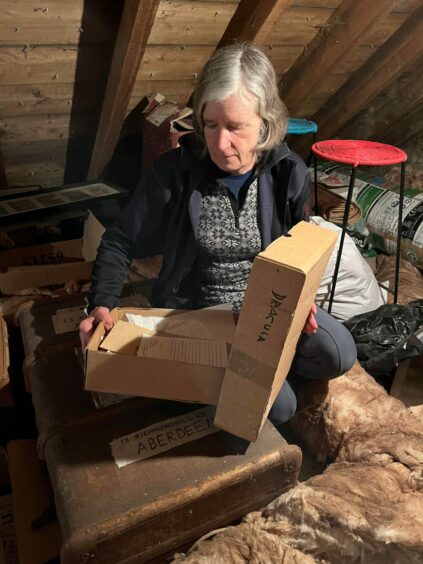
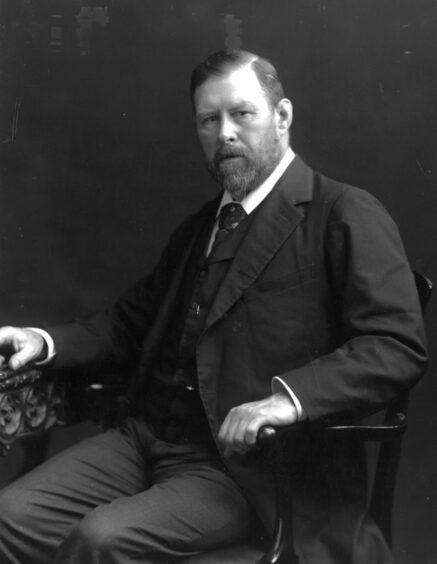
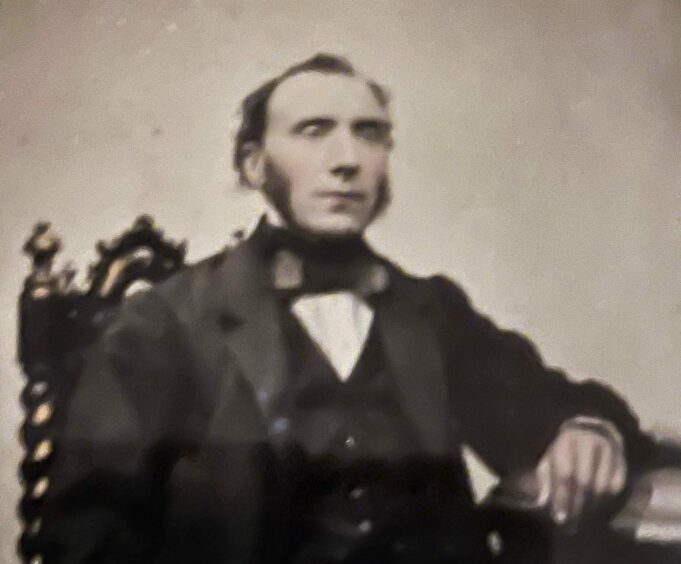
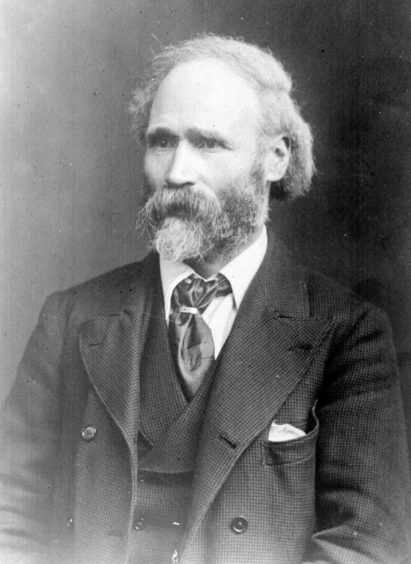
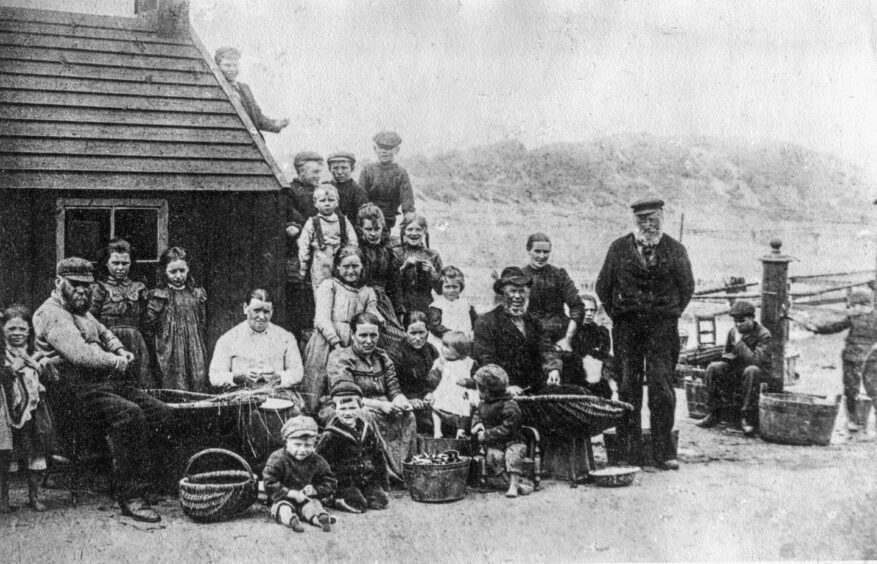
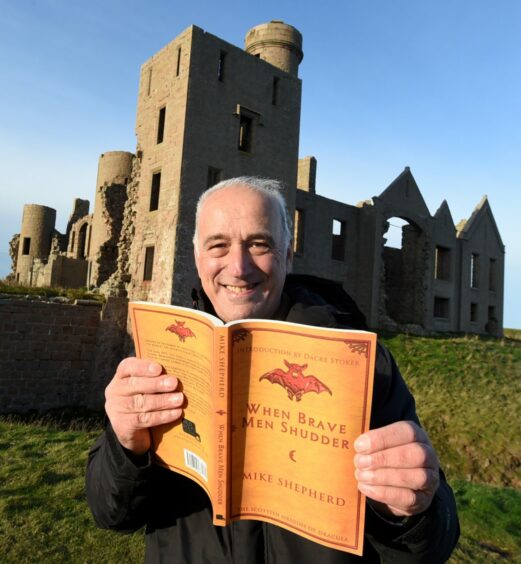
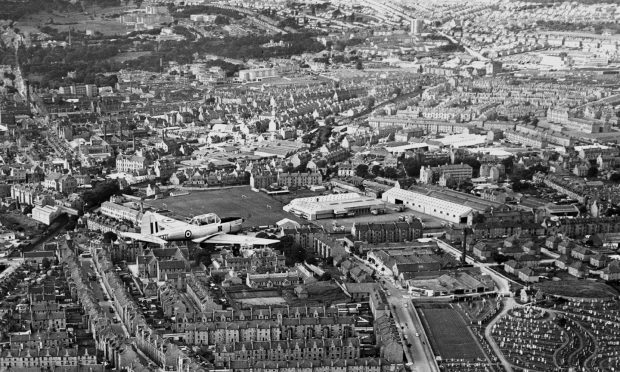
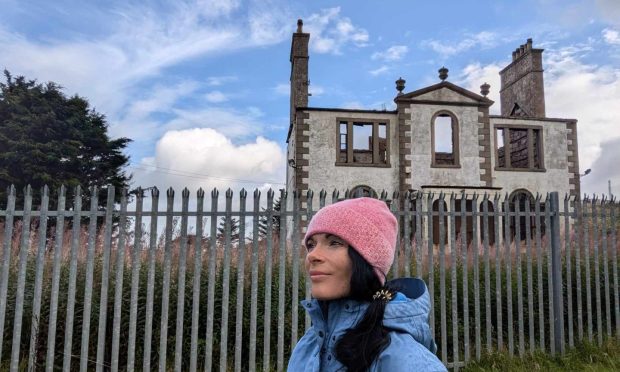
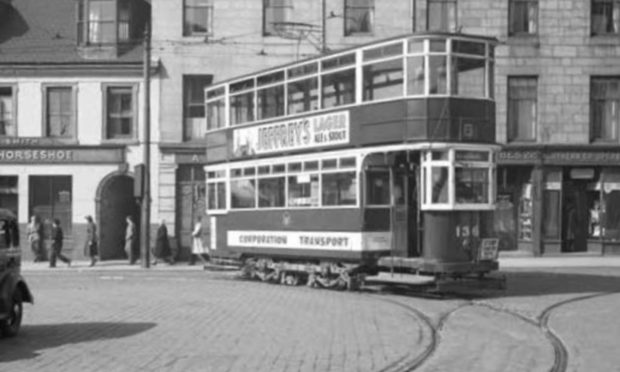
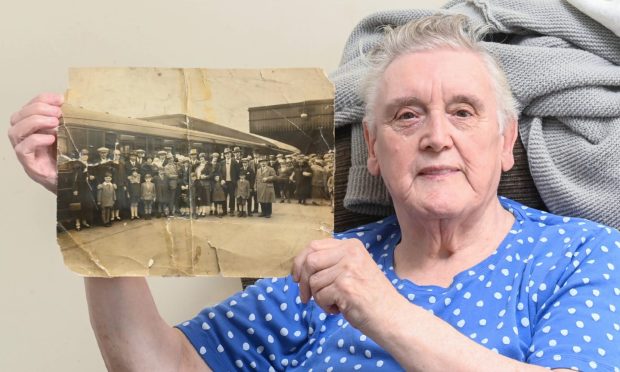
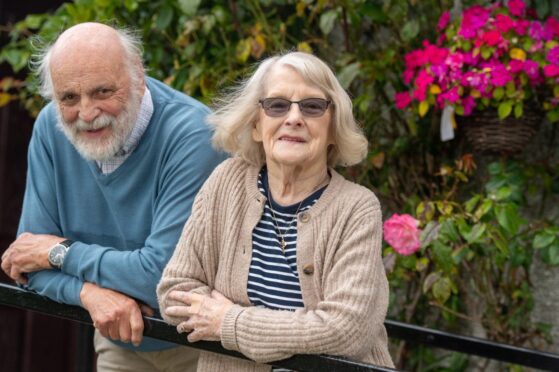
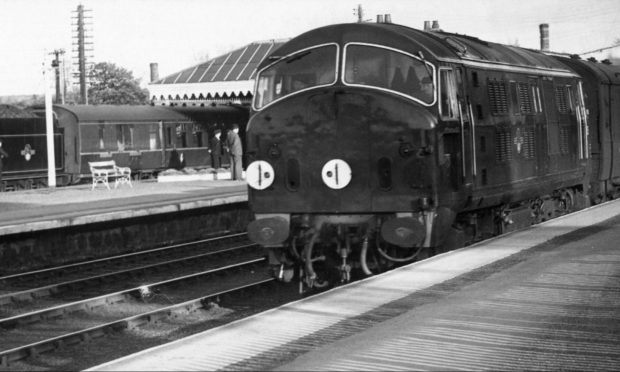
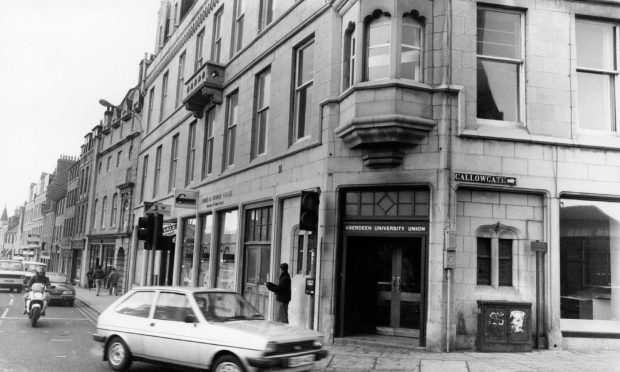
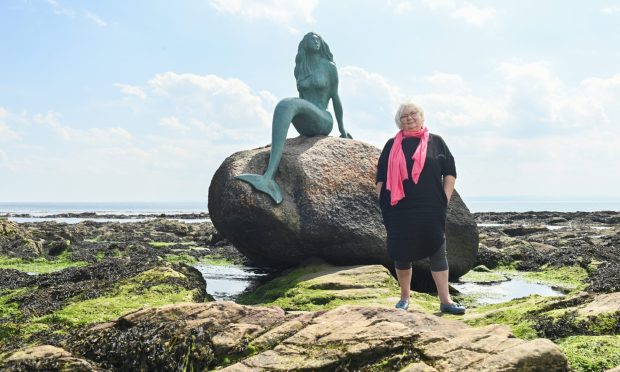
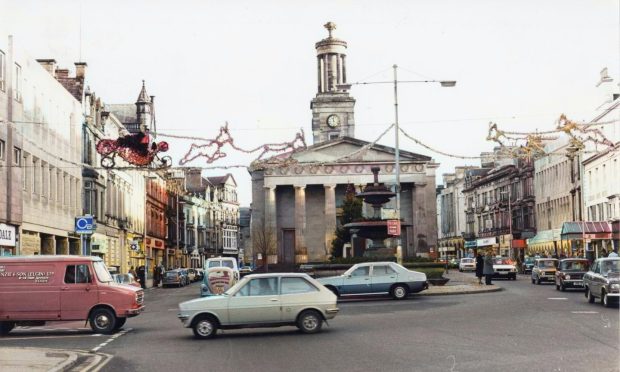
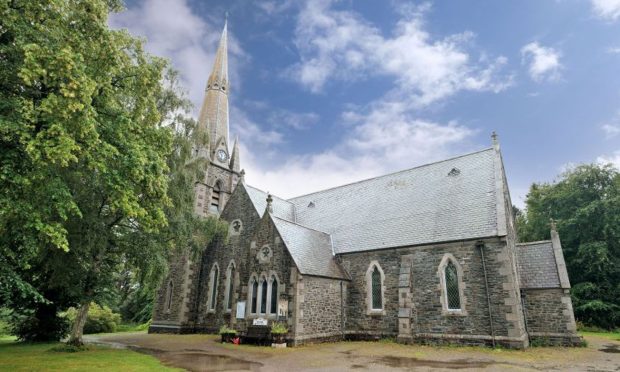
Conversation